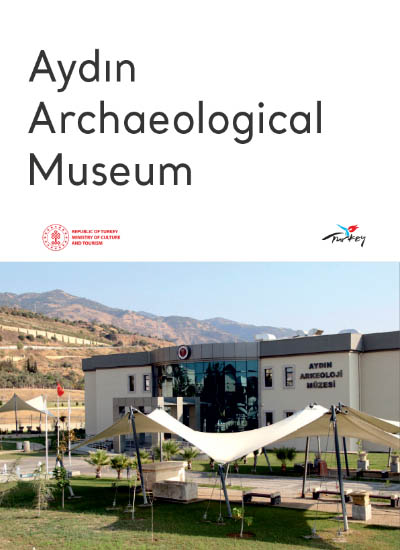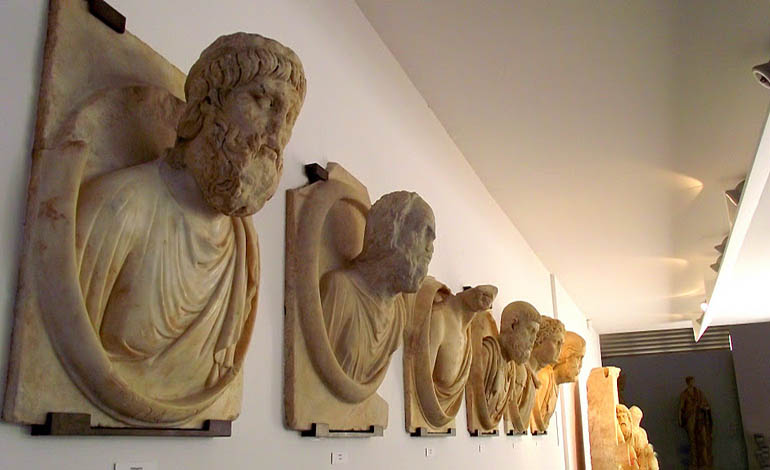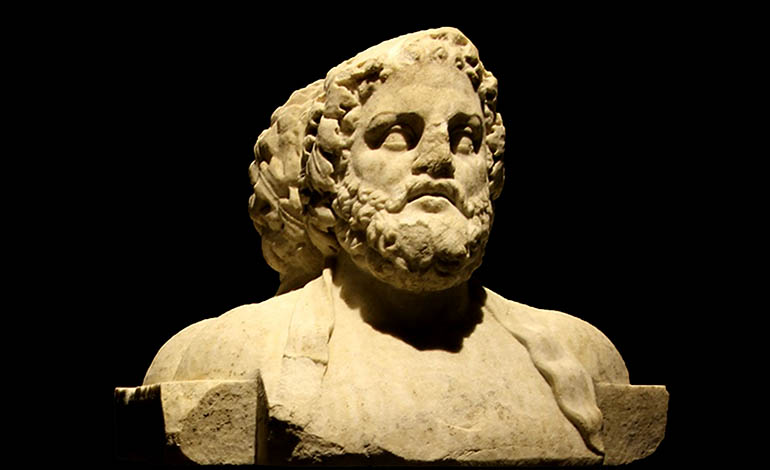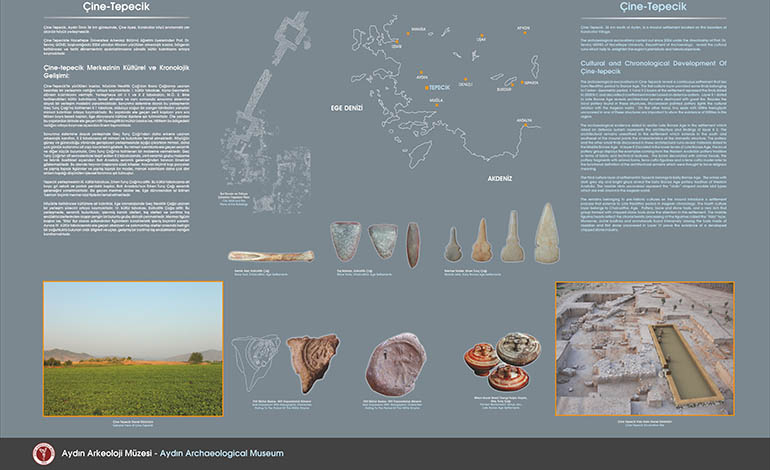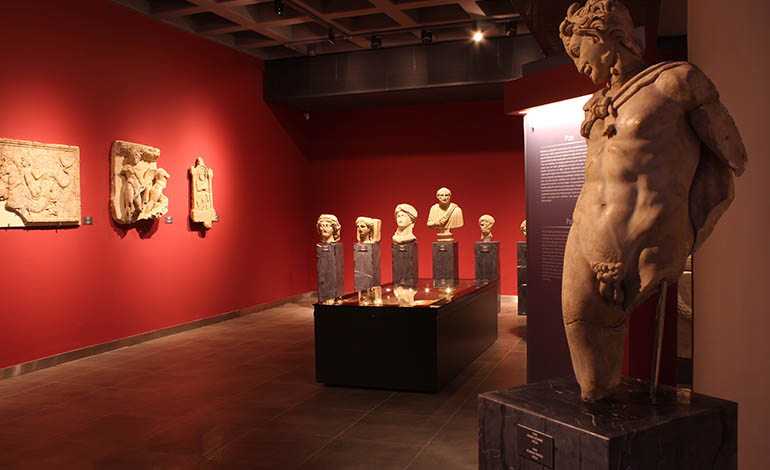The Aydın Museum was established in 1959 in a primary school, and museum services were carried out there for a long time. In 1973, a new museum building was put into service. The museum is located in a large garden and exhibits stone artefacts from various periods from Tralleis, Magnesia, Alinda, Alabanda, Nysa, Amyzon, and other ancient cities within the borders of Aydın. The Coin Section The coin section displays coins from various historical periods, including the Lydian, Classical, Hellenistic, Roman, Byzantine, Seljuk, and Ottoman periods. Additionally, a separate showcase exhibits city coins from ancient cities in and around Aydın. The section also features four separate showcases containing bulk treasures and the Kızıldere treasure, which consists of silver coins belonging to 29 emperors and 9 empresses between 40-270 AD. The Mosaic and Stone Artifacts Hall The section on stone artefacts displays a variety of sculptures, reliefs, steles with reliefs, altars, sarcophagi, and ostotecs from different periods. One of the notable artefacts in the museum is Pan, the patron god of shepherds and flocks, depicted with an unsettling smile. The exhibition hall's central section features a mosaic discovered in the ancient city of Orthosia. The mosaic comprises four primary panels, intermediate panels that facilitate transitions between them, and surrounding borders. The Archaeological Artifacts Hall The exhibition hall is arranged chronologically and according to the ancient cities. The Tepecik Höyük Section displays prehistoric idols made of terracotta, bone tools, stone axes, arrowheads made of flint and obsidian, cutting and piercing tools obtained during the Tepecik Höyük Excavations. Additionally, the exhibition features terracotta seal impressions with Hittite hieroglyphic signs dated to the Late Bronze Age, which are among the most significant finds. The Archaic Panionion section displays significant artefacts such as terracotta Antefixes, soldier figurines, and bronze arrowheads. The Kadıkalesi (Anaia) section exhibits prehistoric terracotta vessels, stone axes, and spindle whorls. A bronze Hittite statuette, which is an important find, is showcased separately. The Alabanda Hall, Tralleis Hall, Magnesia Hall, and Nysa Hall exhibit terracotta, glass, bronze, bone, and sculptural artifacts that depict the history of these cities. A word of advice from Seikilos While you live, shine have no grief at all life exists only for a short while and Time demands his due This poem is written at the entrance of the museum. It was inscribed on the tombstone of Seikilios of Tralleis which had been commissioned by himself during his lifetime about 2 thousand years ago. Seikilos' tombstone was smuggled to Europe in the early 20th century. Today, the stele is in the Copenhagen National Museum in Denmark, awaiting the day it can return to its rightful place.
AYDIN ARCHAEOLOGICAL MUSEUM
